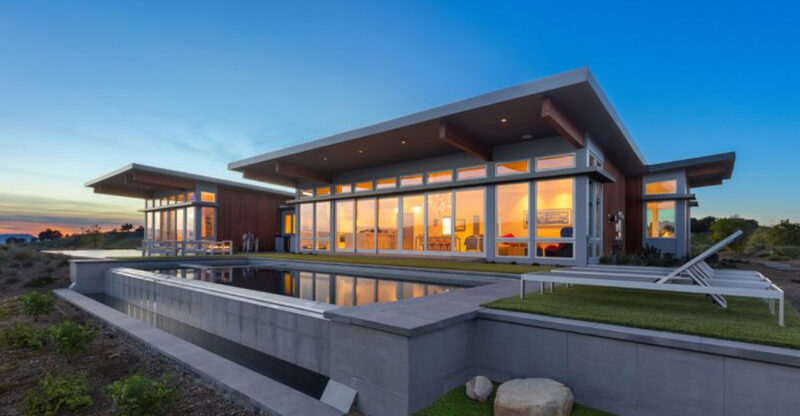6 Factors That May Make Container Home Living Difficult
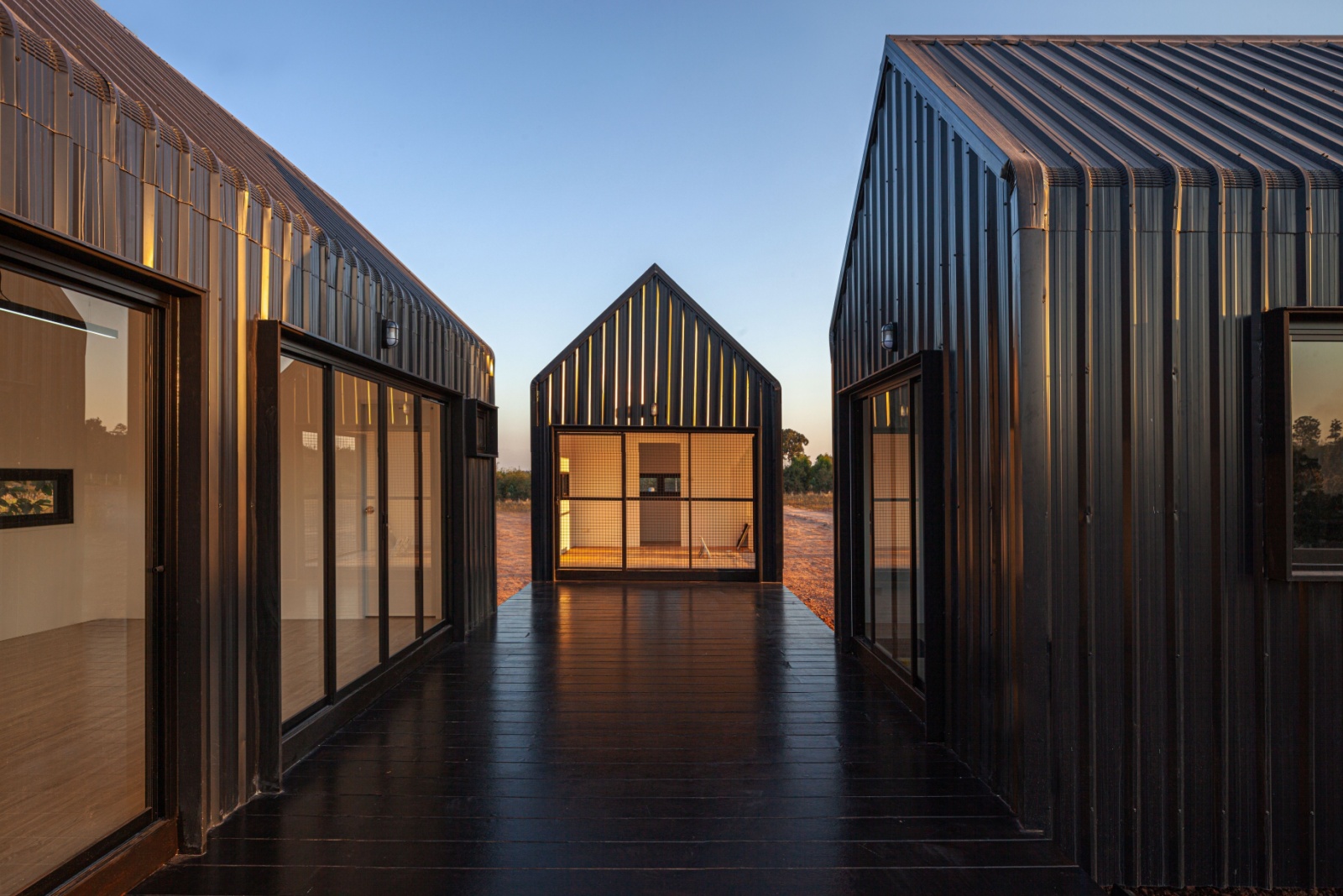
Container homes have captured the imagination of many aspiring homeowners with their eco-friendly appeal and modern aesthetic.
These repurposed shipping containers offer a unique housing alternative that seems perfect on social media. However, behind those picture-perfect Instagram posts lies a more complex reality. Before jumping into this trendy housing option, you should understand some genuine challenges that might make container living more difficult than you expected.
The information in this article is intended for general informational purposes and reflects widely recognized industry insights and experiences.
1. Limited Space
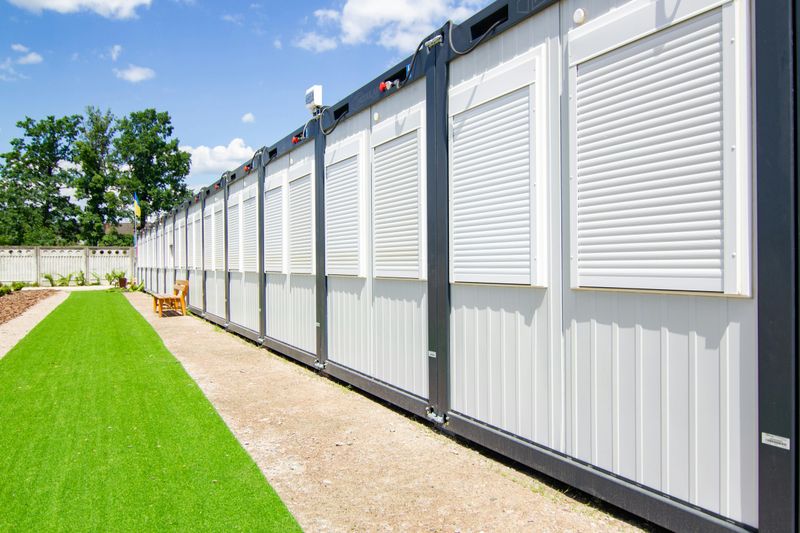
Standard shipping containers offer just 320 square feet of living space – that’s smaller than most hotel rooms! Many people underestimate how cramped daily life becomes when every activity happens within the same tiny footprint.
Simple tasks like cooking dinner while someone else tries to relax become complicated choreography. Storage becomes your constant puzzle too.
Where do seasonal clothes go? What about hobby equipment or holiday decorations? Without clever built-ins your stylish container quickly transforms into a crowded box.
2. Insulation Challenges
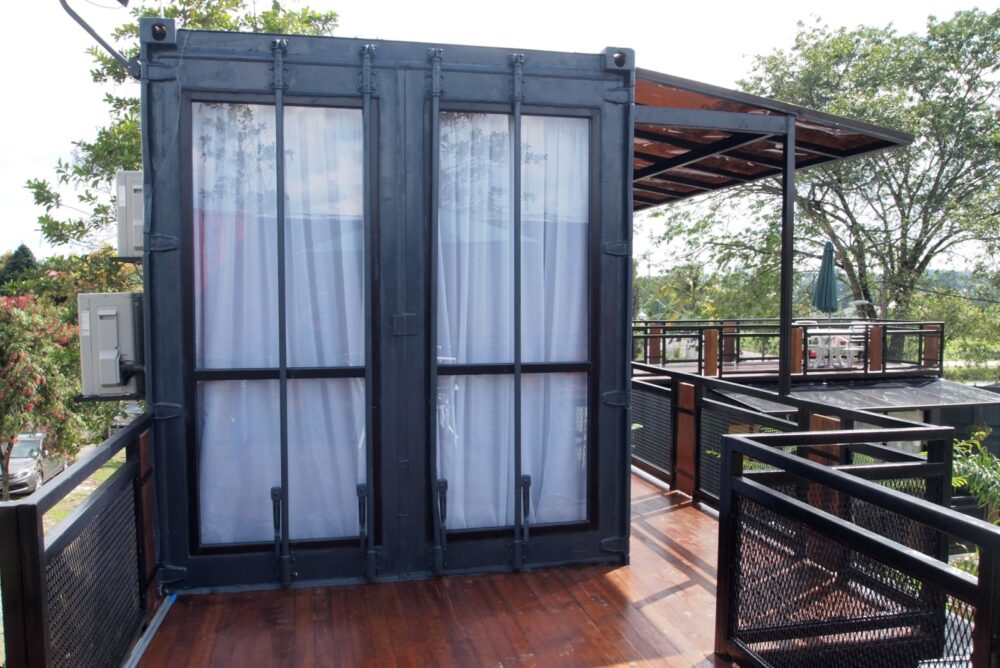
Metal conducts heat and cold extremely efficiently – a fact that becomes painfully obvious when living in a steel box. Without proper insulation, container homes become scorching saunas in summer and freezing ice boxes in winter.
The metal walls can literally drip with condensation during temperature swings. Solving this problem requires specialized insulation techniques that eat into your already limited square footage.
Spray foam insulation works well but reduces interior space by several inches on each wall. Some owners opt for external insulation, but this changes the container’s iconic industrial look. Energy bills often shock new container homeowners too.
3. Plumbing Integration
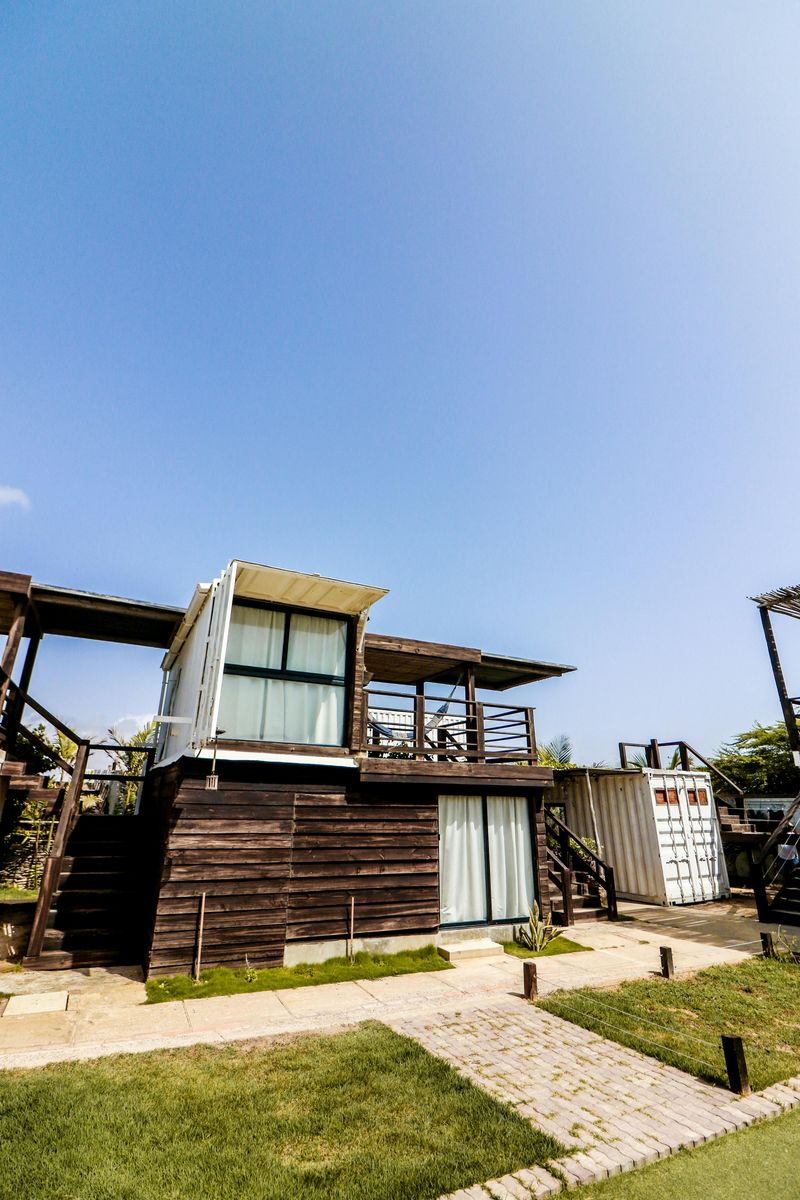
Running water lines through solid steel walls presents unique challenges that traditional homes don’t face. Cutting precise holes requires specialized tools and expertise.
One miscalculation can compromise the container’s structural integrity. The limited floor depth makes traditional drain systems nearly impossible.
Many container homes require raised floors to accommodate plumbing, further reducing your ceiling height. Others need external plumbing systems that freeze in cold climates unless extensively insulated. Bathroom ventilation becomes another unexpected hurdle.
4. Zoning Laws
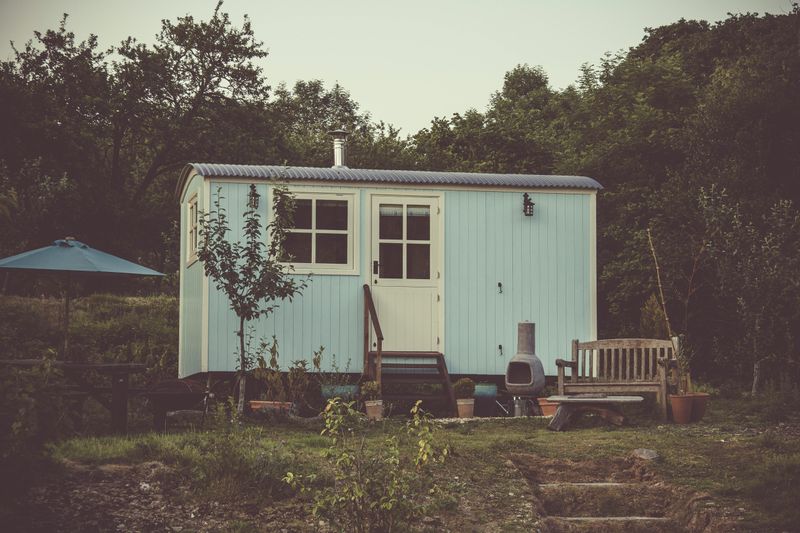
Many hopeful container home builders hit an unexpected wall before construction even begins: local zoning regulations. Numerous municipalities have no specific provisions for container homes.
Some areas outright prohibit them, considering them temporary structures unsuitable for permanent living. Building permits often require engineered plans showing how your container meets local building codes.
These specialized drawings cost thousands of dollars with no guarantee of approval. Neighborhood associations add another layer of potential resistance.
5. Structural Modifications
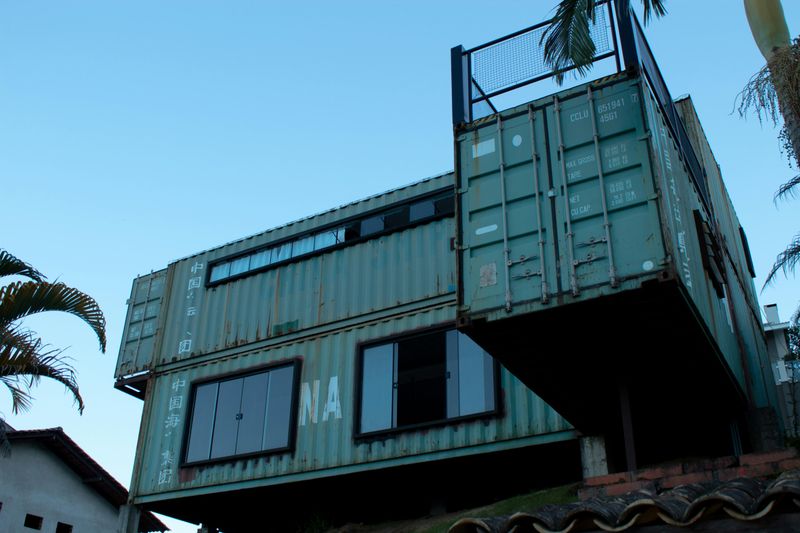
Beautiful floor-to-ceiling windows and open-concept container homes you see online hide a complex structural reality. Shipping containers derive their strength from the corrugated walls and corner posts working as a unified system.
Every cut weakens this carefully engineered structure. Removing wall sections for windows, doors, or to combine multiple containers requires reinforcement with steel beams.
These modifications significantly increase construction costs and complexity. Many DIY container home builders discover too late that their dream design requires engineering expertise beyond their skill level.
6. Financing And Insurance Barriers
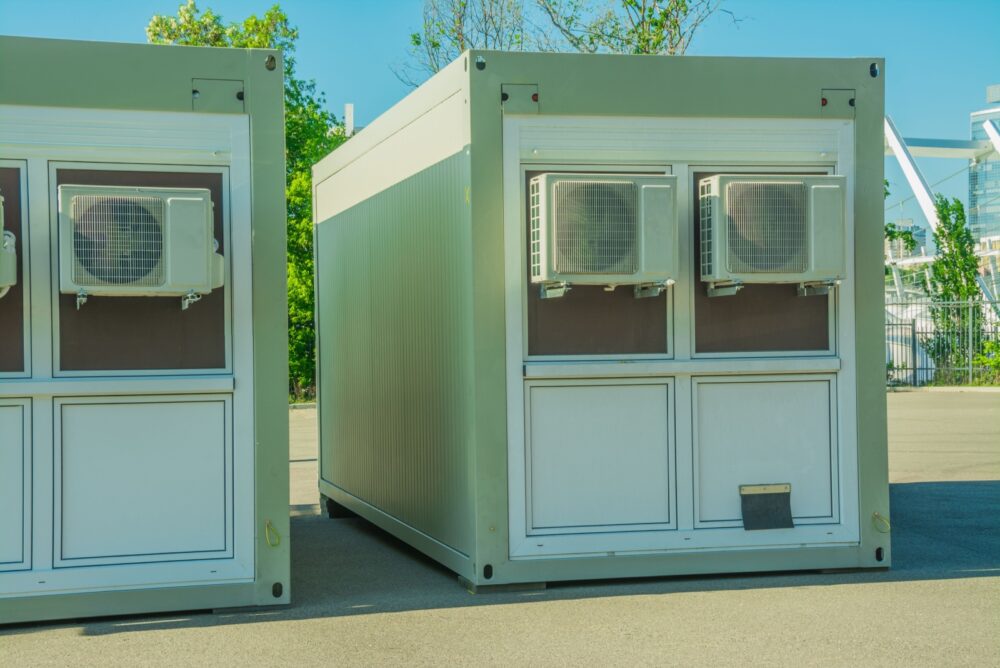
Traditional mortgage lenders often balk at financing container homes. Categorizing them as alternative construction that doesn’t fit their standard lending models.
Many container home builders end up using personal savings, construction loans, or high-interest personal loans instead of affordable mortgage options.
Insurance companies present similar challenges. Finding coverage for your container home often requires specialized insurers who understand the unique risks and benefits of this construction type.






